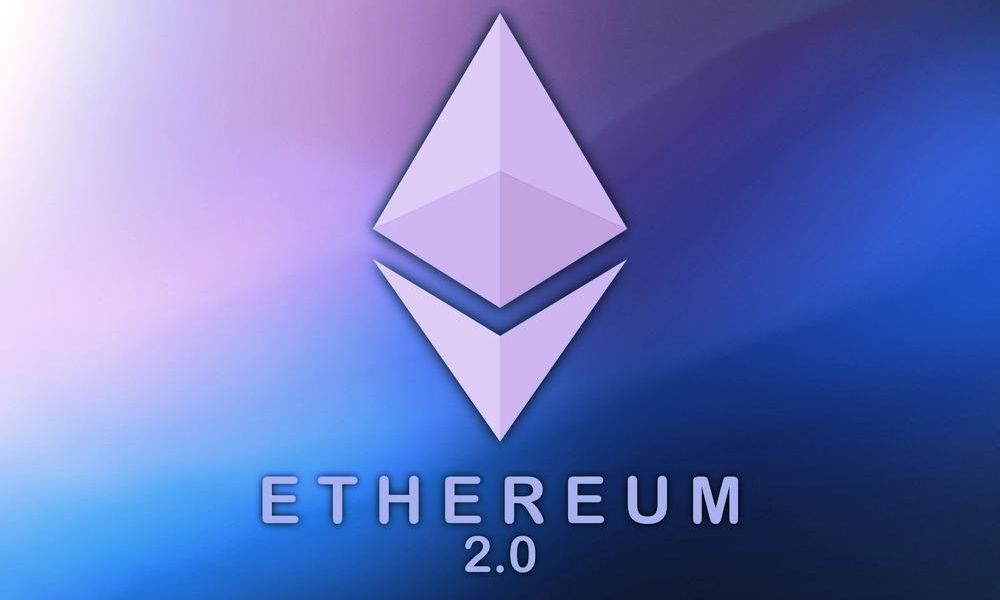
Ethereum’s merge is undoubtedly the most highly-anticipated event in the cryptocurrency industry in 2022.
Scheduled for September, the anticipation also caused a considerable increase in the price of ETH, which is up about 90% since the lows in June.
Many believe that this increase is largely due to the Merge, and some are speculating that the event might already be priced in.
But is it really? To get to the bottom of this, there are a few other questions that need an answer.
In the world of cryptocurrency trading, the price of an asset is influenced by a range of different things.
Major protocol upgrades can undoubtedly be a catalyst, albeit positive or negative.
For example, there’s a very prominent and popular theory that the cryptocurrency market is moving in cycles – bullish and bearish.
The bullish cycles are when the prices go up, and the community has come to sort of a conclusion that Bitcoin’s halving is the positive trigger. Why the halving?
Well, Bitcoin is the largest cryptocurrency by means of total market capitaliztion.
At the time of this writing, it accounts for almost 40% of the total market and, usually, when its price moves, so do the rest of the cryptocurrencies.
The Bitcoin halving is arguably one of the most important events in its development cycle as it slashes the number of BTC miners get as a reward for adding new blocks to the network in half.
Essentially, this creates the so-called supply shock where there’s just not enough BTC to satisfy the existing demand, therefore causing its price to adjust positively.
With this in mind, for the Bitcoin halving to be “priced in” would mean that the market should have reacted to the event before it takes place, and, by extension, the price should have adjusted accordingly.
This doesn’t usually happen as the price tends to increase after the fact.
This gives us the basic definition of the phrase “priced in.” It simply means that a future event has already been reflected by the market participants, and, therefore, the price is adjusted accordingly.
The Merge’s Market Impact
Now, to determine whether or not the Merge can be priced in, it’s also critical to understand what its market impact can theoretically be.
For those unaware, The Merge is a slang term used to describe the transition of Ethereum from a proof-of-work consensus algorithm to one governed by proof-of-stake.
Apart from the technical and governance implications that this has, it also has a direct impact on ETH’s tokenomics.
At the time of this writing, Ethereum is still governed by PoW, which means that there are miners who get rewards for adding blocks to the network and for validating transactions.
According to ethereum.org, the current ETH issuance is:
Once The Merge happens, only the 1,600 ETH per day for staking rewards will remain. This drops the total issuance of ETH by a whopping 90%.
By comparison, Bitcoin’s halving slashes the supply by 50% (as implied by the name).
Now, it’s also true that BTC halves periodically, but nevertheless, a 90% reduction in the supply is a massive shift.
It’s also important to note that the above numbers are an approximation based off the currently staked ETH – a number that can fluctuate.
Regardless, the fact that there will be zero issuance at the execution layer is a massive supply-demand shift.
Can The Merge Be Priced In?
Typically, events that don’t have a considerable market-changing impact can be priced in.
These include well-known events in the project’s development roadmap.
For example, if a cryptocurrency project is expected to partner up with a well-known company on a certain date, it’s entirely possible for traders to have factored this in their current trades.
However, it’s questionable if something like The Merge can be priced in. Remember – there were many people back in 2020 that were saying that the Bitcoin halving is priced in.
So why can’t it be priced in? It’s just impossible or extremely hard for the majority of the market to determine what the future demand for ETH will be.
The demand for ETH is determined by a number of factors, including development and network activity.
How many people use the network determines how much ETH will be needed to pay for gas fees.
The higher the gas fees, the higher the demand, and that’s just scraping the top of the icing.
Speaking on the matter was Vitalik Buterin himself, who argued that The Merge is “not priced in not only in market terms but also in psychological narrative terms.”
It’s also important to note that The Merge doesn’t come without its risks.
This is arguably the largest and most significant structural change in a large protocol in the history of cryptocurrencies.
Even though it has been worked on and tested for years, there are inherent technical risks with the transitioning.
There’s also an ongoing debate on whether or not miners will support a potential fork where the resulting chain will continue operating under the Proof-of-Work algorithm. - cryptopotato